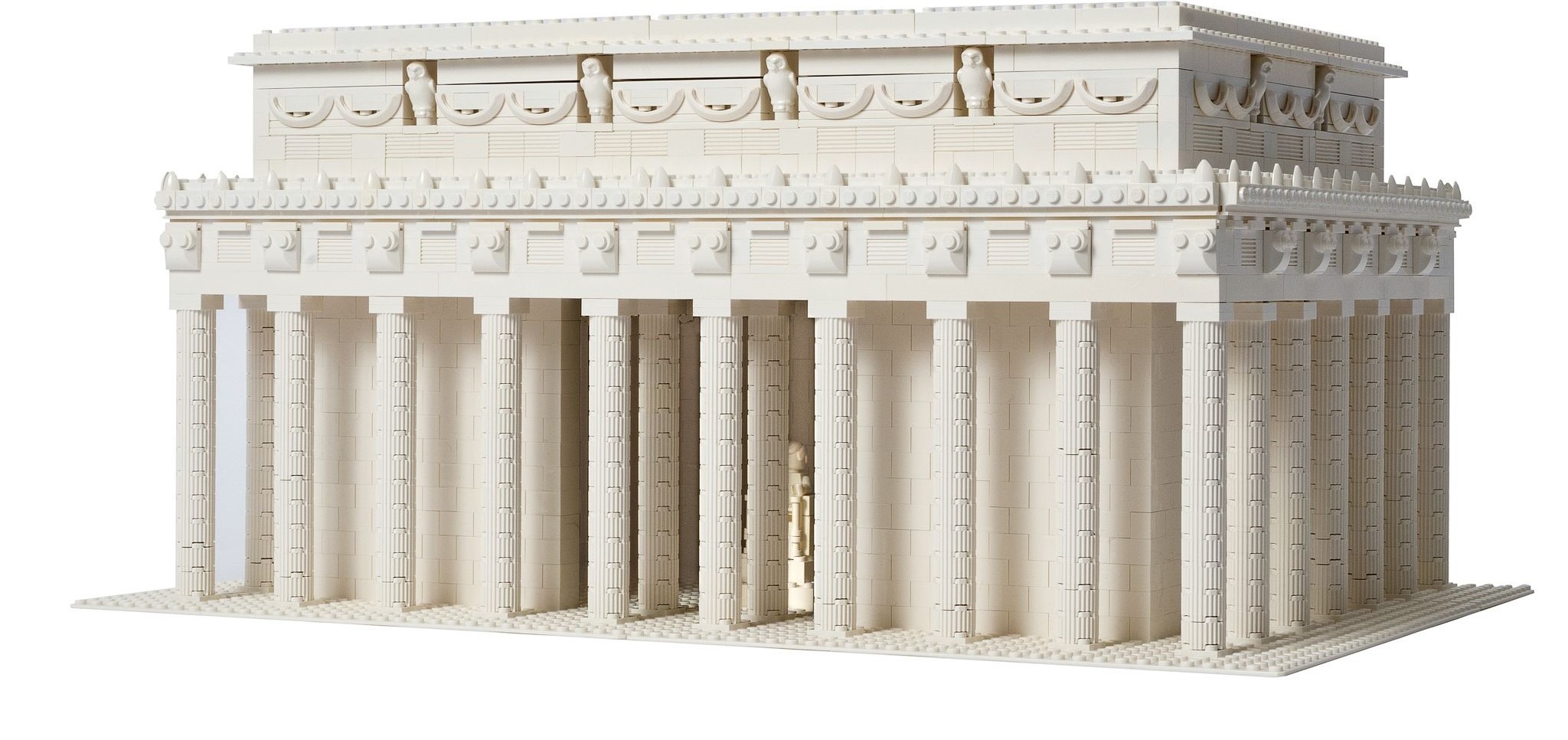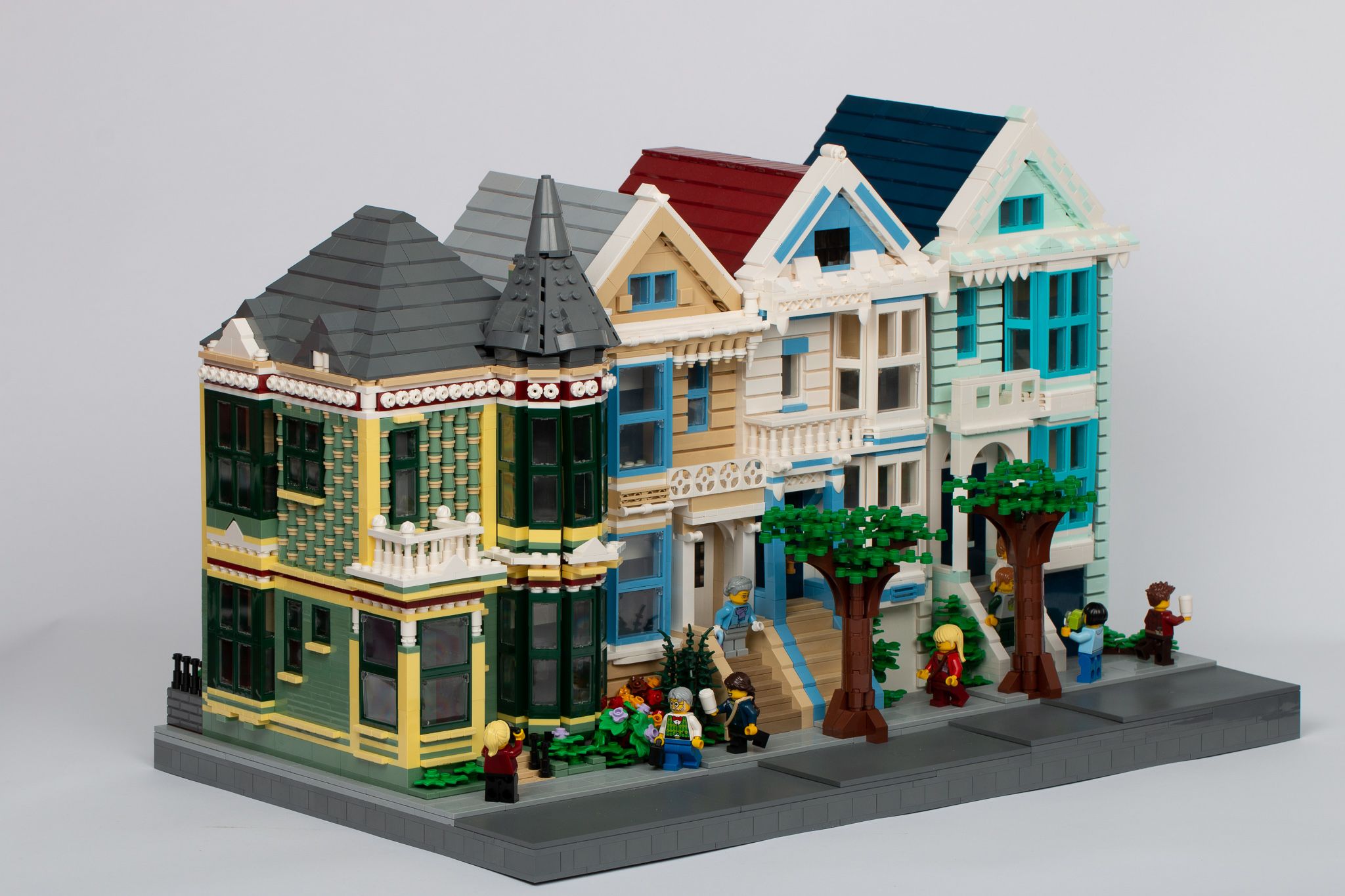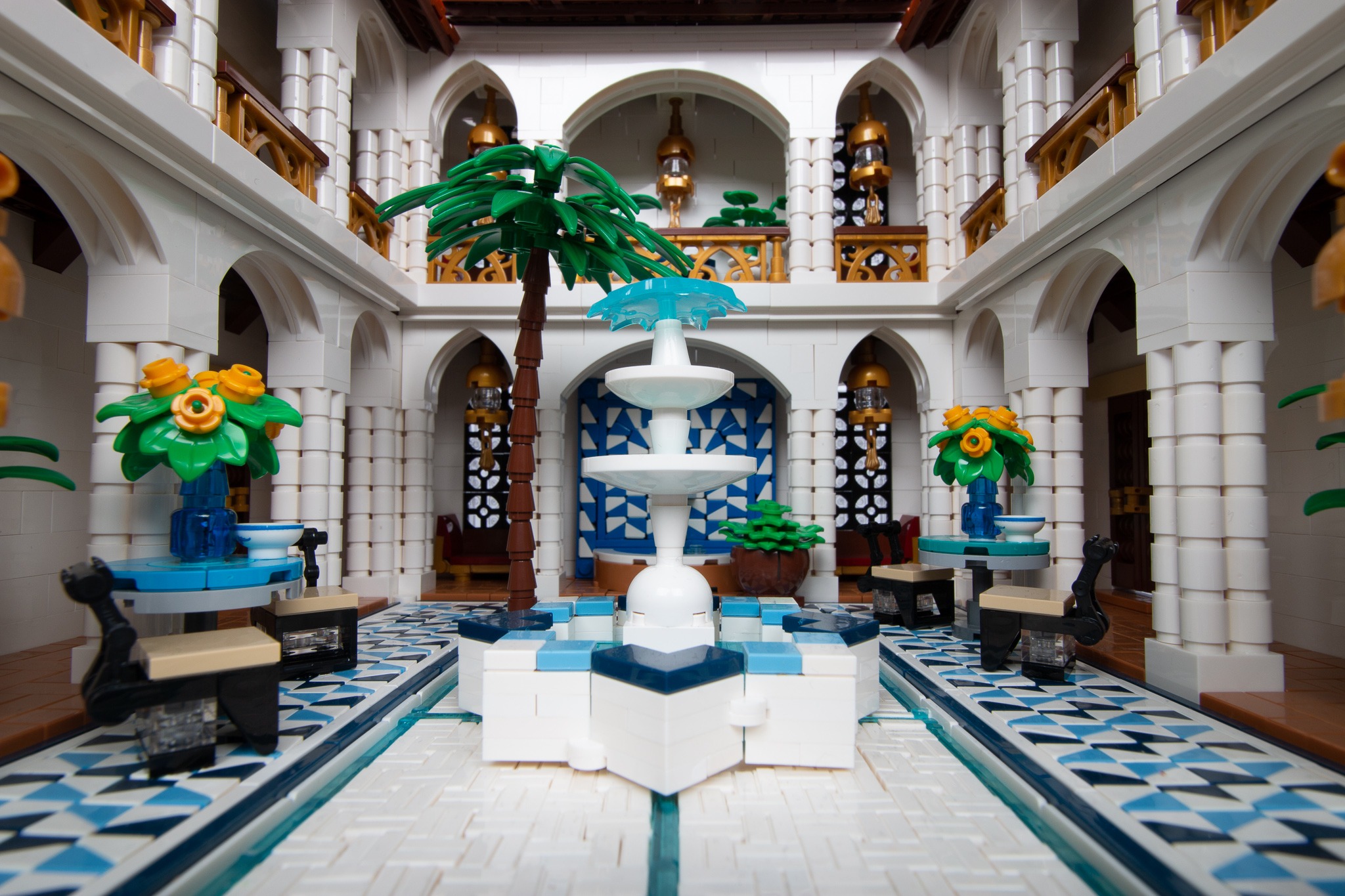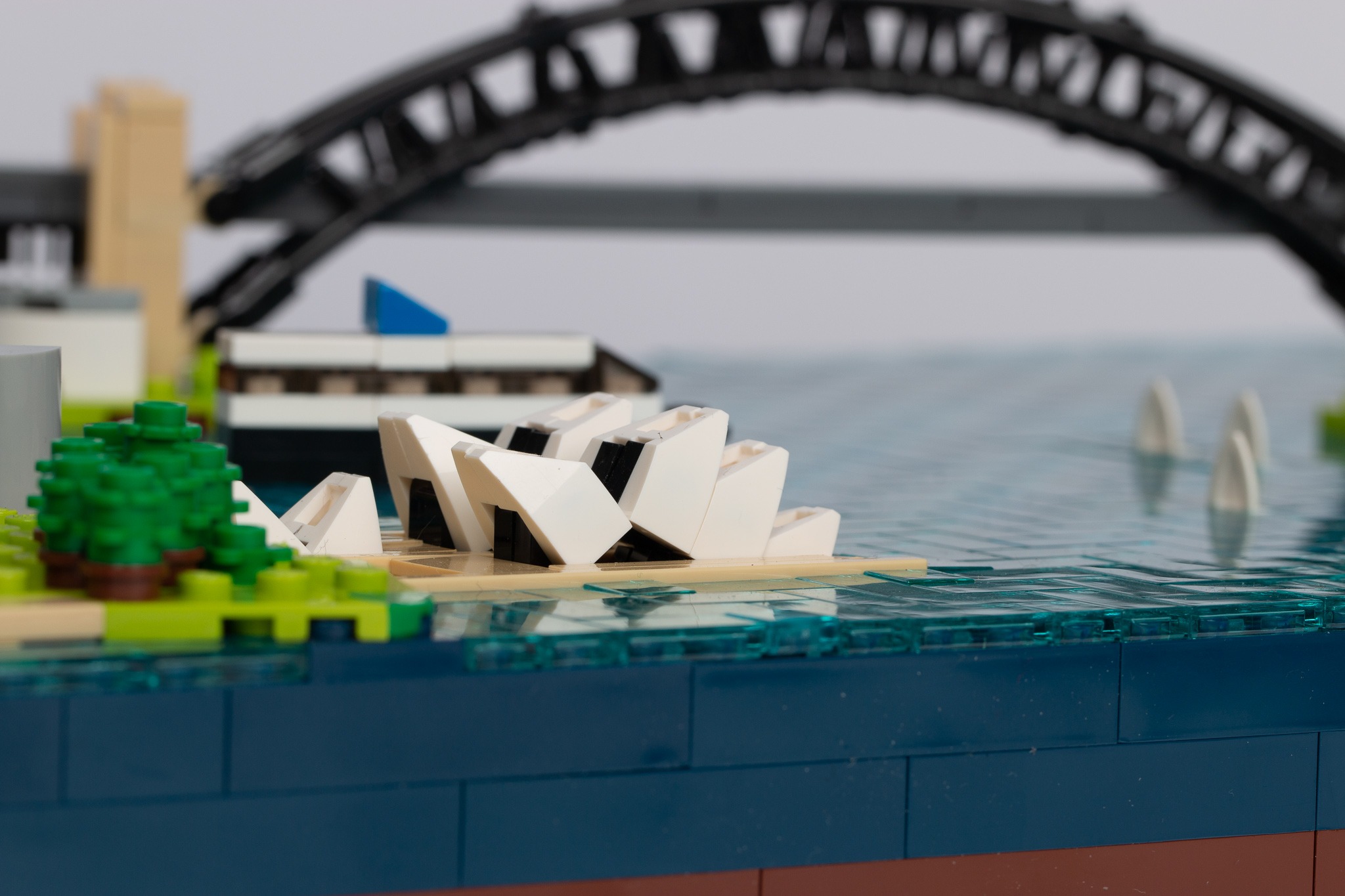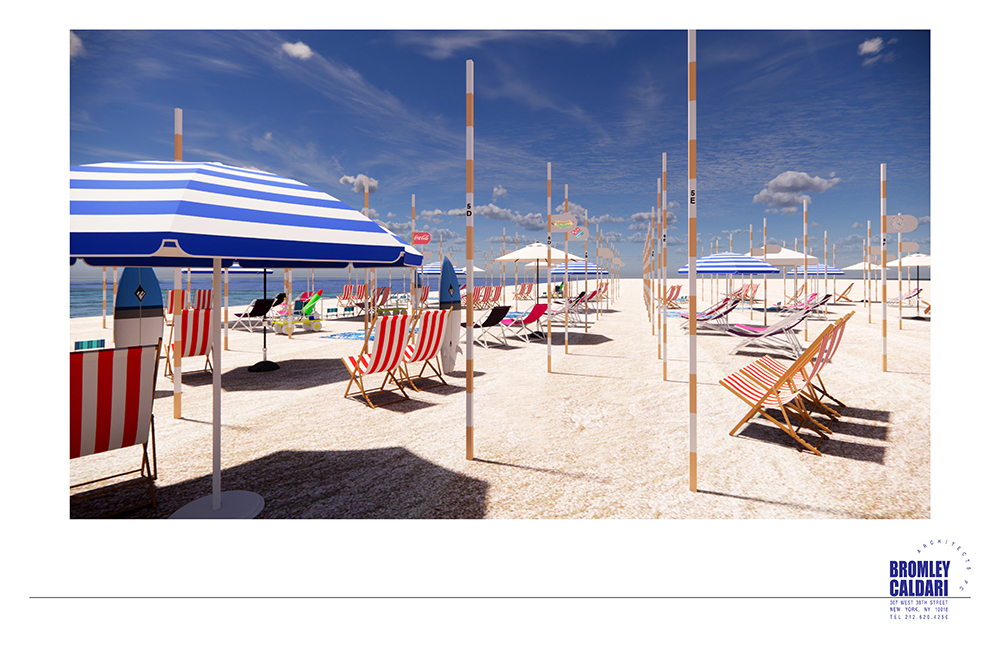A quarter of a million Lego bricks.
Thirty-seven models, based on iconic buildings from around the world.
A three-thousand-square foot gallery, with two thousand dedicated to the models – and another thousand for those who want to build their own.
It’s all part of Brick City – and it opens tomorrow, Saturday, May 27 at the National Building Museum in Washington, D.C.
“It’s by the professional Lego artist Warren Elsmore, based in Edinburgh, Scotland,” says Caitlin Bristol, exhibitions developer at the museum. “It was done from scratch, with research and computer modeling. He and his wife and a small team glued them together and they travel around the world.”
Among the models is a replica of St. Pancras International Station in London – the largest, at about six-and-a-half-feet wide and 13-feet long. Others, like the Lincoln Memorial, Chichén Itzá and San Francisco’s Painted Ladies, are smaller, at a foot-and-a-half by two feet.
They’re all representative of world-class architecture and show the width and breadth of what can do be done with Lego bricks. Elsmore has an encyclopedic knowledge of every Lego brick ever invented – and it’s all on display here.
He created them out of standard plastic Lego bricks. “Legos come in many more colors than what we think of, and he’s tried to be as accurate as possible,” Bristol says. “They’re not meant to be exact replicas or to a particular scale, and you see a lot more than red, yellow, blue and green.”
This is an exhibition that compares and contrasts how different structures have been built around the world, all at different time periods.
“I think it’s interesting because it could be arranged by continent, but I chose to arrange it by a thematic approach – like places of worship, vernacular architecture, stadiums and neighborhoods and street themes like Mardi Gras,” she says.
In the Build-Your-Own area, the curators created a two-part Washington, D.C. map with prompts on it. “You can build a new monument, or a bridge to cross the Anacostia River,” she says. “You can build your dream house and decide where to put it.”
It’s the exhibition’s second stop on its U.S. tour. Elsmore approached the museum about showing it, and his timing was good. “We were looking to bring back a Lego exhibit, since we’d done one in 2011 with a different builder,” she says. “We thought it was time to revisit because it’s popular with a multi-generational audience.
The best part? Since most visitors will be wearing shoes, no one has to worry about the side effects of stepping on the little critters.
For more, go here.

